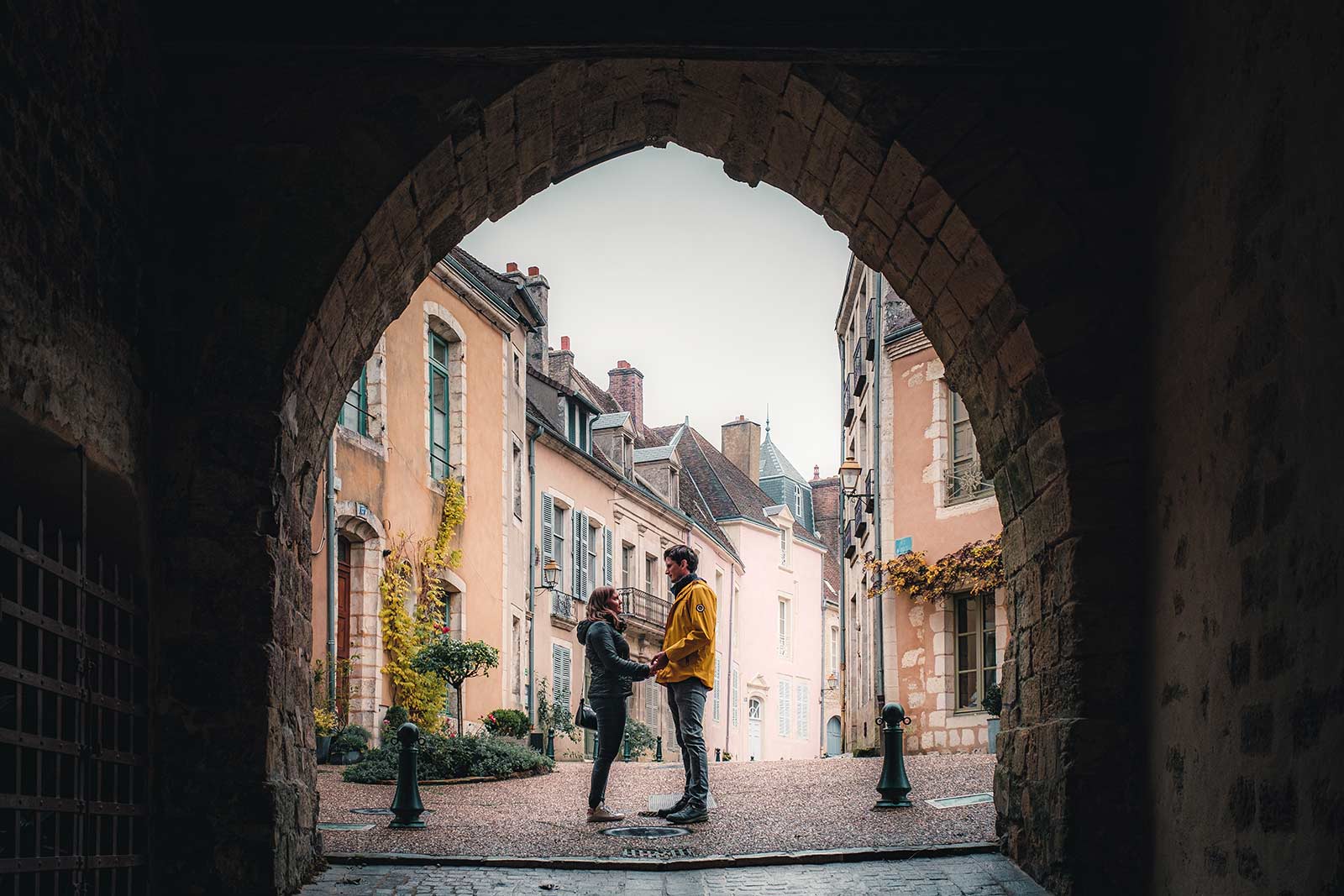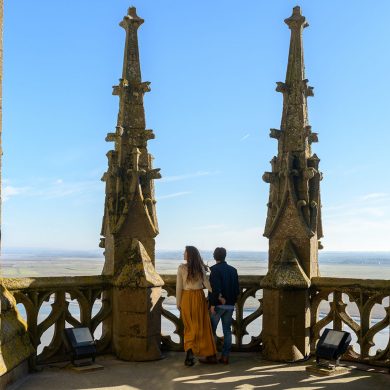Updated on 22 June 2020
Reading time: 4 minutes
Created in the 1970s, the Petites Cités de Caractère label is awarded to towns with a particularly rich heritage. From Bellême to Sées, discover these small towns which encapsulate the Norman way of life.
Bellême
Built on a rocky outcrop, next to a forest thick with mushrooms, Bellême has many traces of its long history, including a 15th-century town gate, and inside the town’s wall, fine old houses dating back to the 17th and 18th centuries.
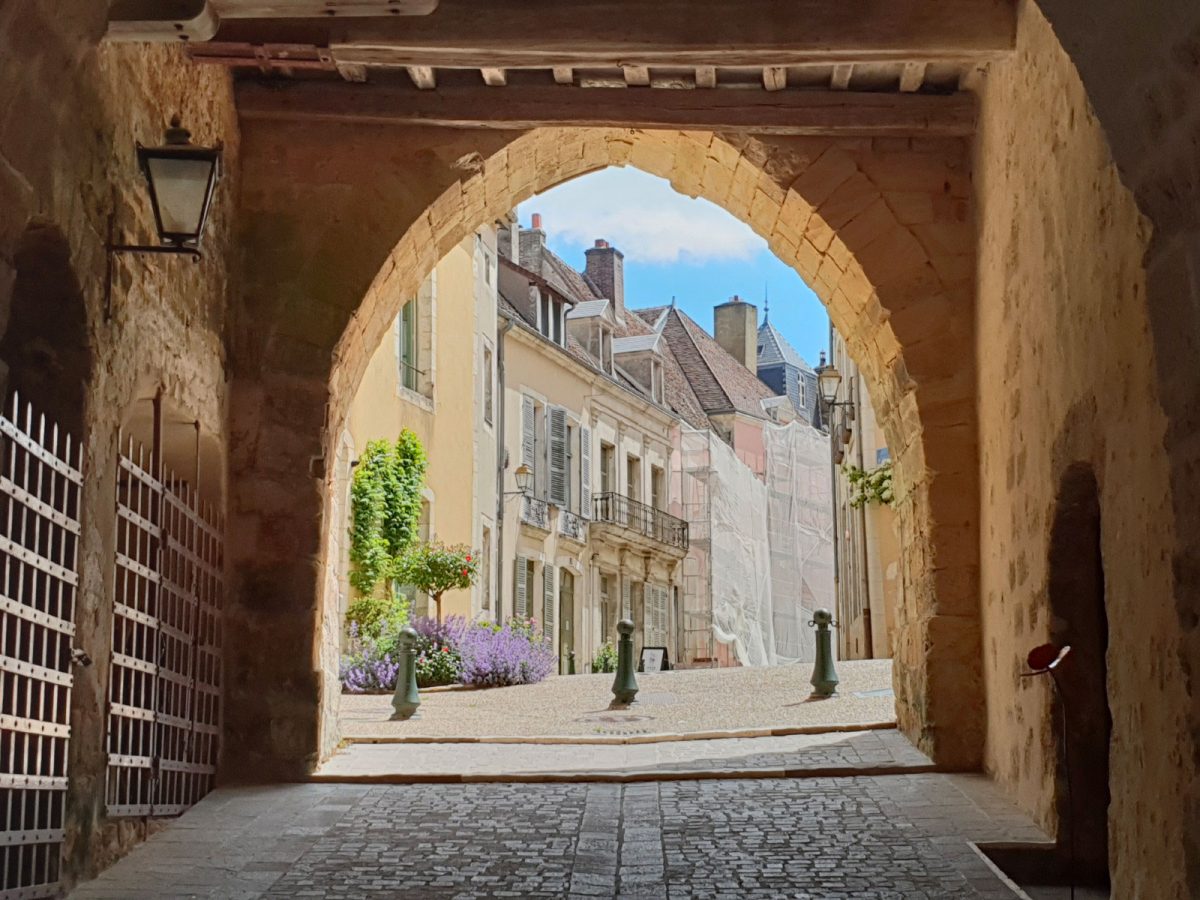
Touques
Now inland, in the 16th century this town had a port that gave onto the open sea, making it a vibrant economic centre in the Middle Ages, as the substantial 11th-century Norman Church of Saint-Pierre and 15th-century market hall both suggest.
Domfront

Domfront has managed to keep much of its medieval character and was liberated in August 1944 with relatively little damage. Here, you can find timber-framed houses, mansions, narrow cobbled streets, round towers and the remains of its walls and castle keep. Notre-Dame is an excellent example of local Norman architecture.
Écouché
Formerly bound by a curtain wall, the town was a stopover during the many centuries when pilgrims made their way to the Mont-Saint-Michel. It suffered more than Domfront during the Liberation of 1944, but there are still plenty of old streets to see, with grand turreted mansions clustered around the Gothic church.
Sées
Sées began as a stronghold of the Gauls, then was taken over by the Romans, to become a seat of a bishop in the fourth century. Devastated by the Vikings, in the fifth century it was rebuilt into three distinct ‘burgs’ or districts. Sées was spared the widespread destruction of the Battle of Normandy, when it housed a number of military hospitals. The cathedral is a masterpiece of Gothic architecture and dominates the town.
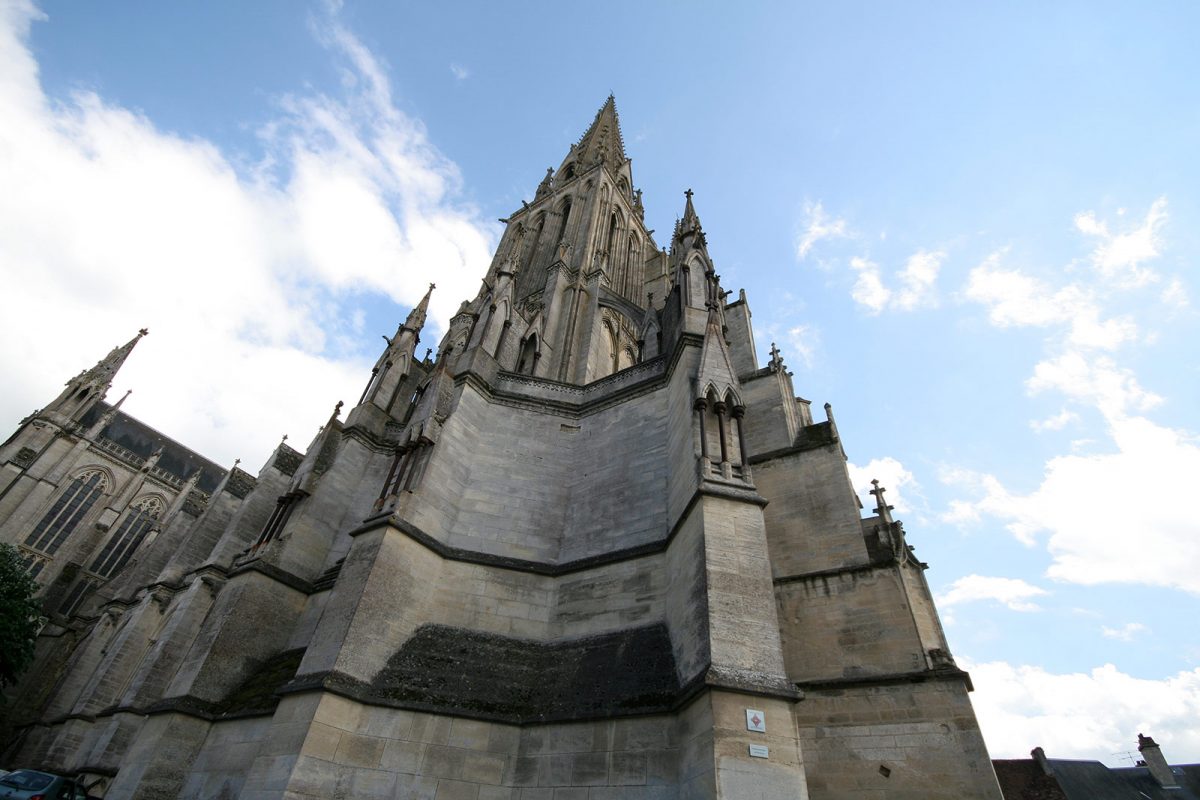
La Perrière
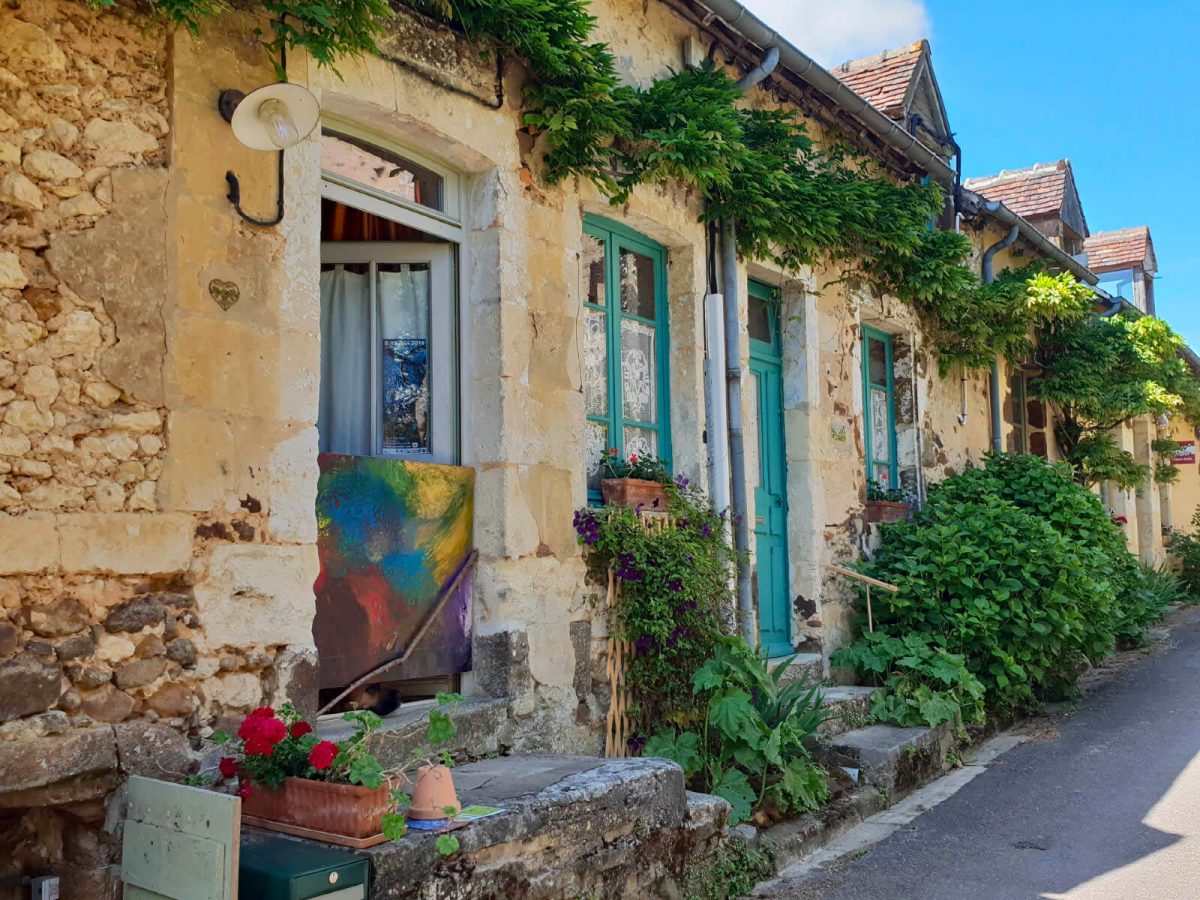
This village was built on a rocky outcrop, now part of a nature conservancy area overlooking the Percheron countryside. Up until 1870 it was a major centre for the manufacture of filet lacework, and the many 16th- and 17th-century residences with their colourful facades testify to La Perrière’s rich past.
Le Sap
The village of Le Sap developed towards the end of the 16th century around the imposing Fort Montpellier, the remains of which can still be seen today. Built on the border of the Pays d’Auge and Pays d’Ouche, Le Sap has many of the red-brick houses and timber-framed buildings typical of the area, offering a long and uninterrupted history of domestic architecture right up to the 19th century.
Mortagne-au-Perche

Capital of boudin noir (black pudding), and the birthplace of the philosopher Alain, this ancient walled town boasts narrow lanes, cobbled streets, handsome houses and mansions, and private enclosed gardens. The remains of its medieval past can also be seen in the Saint-Denis gateway, the Saint-André crypt, the Chapel of Saint-François, and the cloister.
Longny-au-Perche
Built in the 11th century, Longny-au-Perche owed its prosperity to the iron industry and trade. Its fine church dominates the typical timber-framed buildings of the town and its Renaissance chapel is a real hidden gem.
Saint-Céneri-le-Gérei
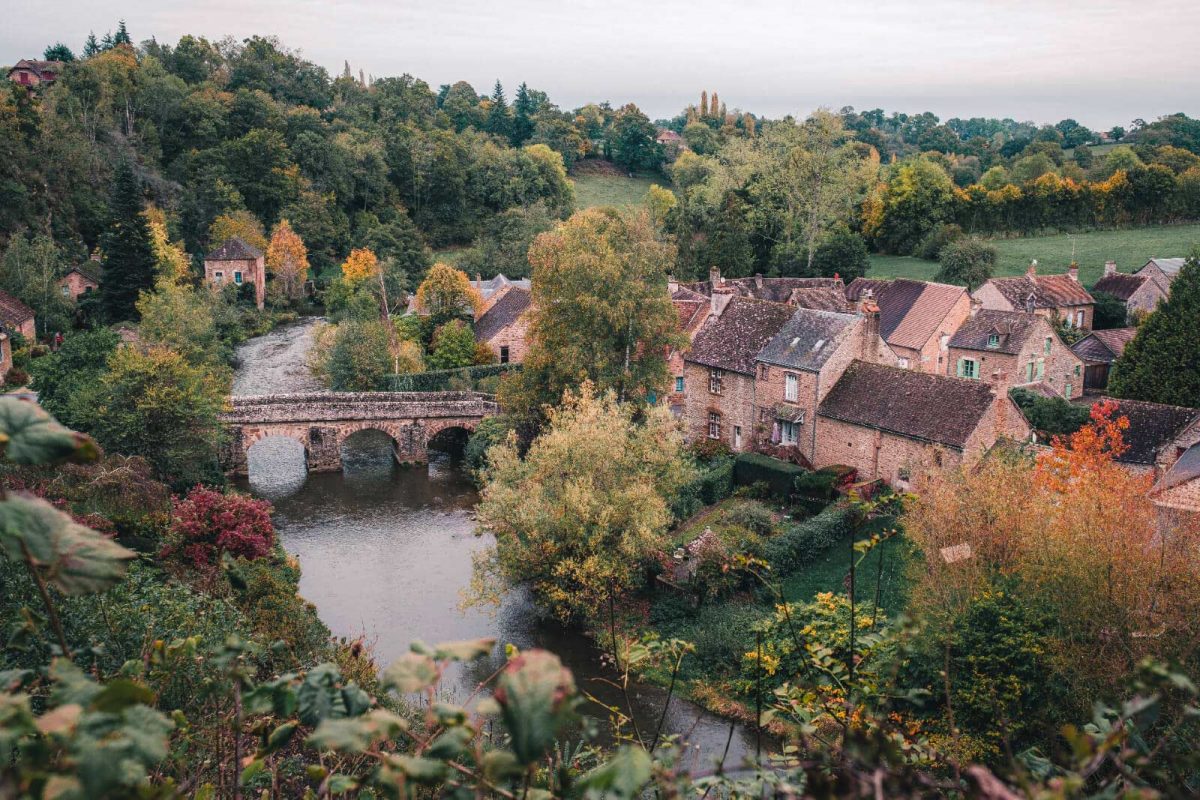
This picturesque village is tucked away in the heart of the Alpes Mancelles hills. With its stone bridge straddling the stream, pretty stone houses, Norman church with splendid 17th- and 18th-century wall paintings, and the Gothic Chapel of Petit-Céneri, this beautiful village served as inspiration for many famous painters such as Corot and Courbet, and is perfect for a leisurely stroll to take in the scenery.
Saint-Pair-sur-Mer
Saint-Pair-sur-Mer is one of the most ancient settlements in the Bay of the Mont-Saint-Michel. Colonised in the early 10th century by the Scandinavians, then administered by the monks of the Abbey, the town prospered until it was overwhelmed by the development of Granville in the 15th century. In the 19th century, with the fashion of sea-bathing, it developed as a seaside resort.
Bricquebec-en-Cotentin
Again the product of a turbulent past born of the rampant Vikings and endless conflict since, by the 15th century, Bricquebec was an important economic centre, as the old castle, built between the 11th and 15th centuries, suggests. Its great polygonal keep and huge Norman hall dominate the town to this day.
